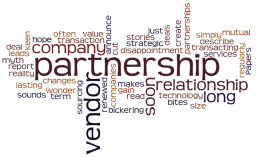 Finding the right suppliers can be very simple if you follow these five keys to successful sourcing:
Fashion Freelance Works! Find out how I can work for you by submitting your contact information on this website.
0 Comments
Your comment will be posted after it is approved.
Leave a Reply. |
"Fashion Freelance Works!" Contact Fashion Speaks
Thank you, your message has been sent
More To KnowArchives
April 2013
|
 RSS Feed
RSS Feed
